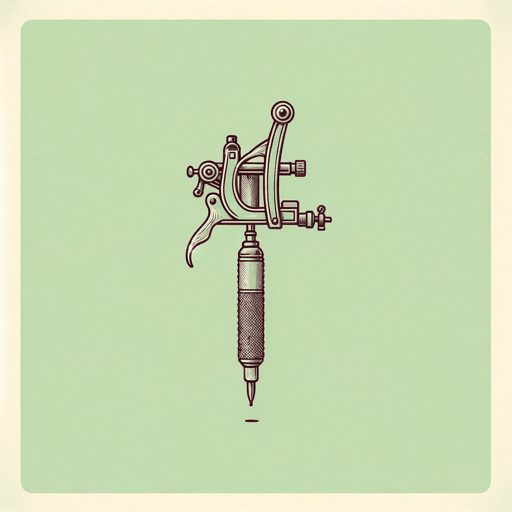24 pages • 48 minutes read
Roald DahlSkin
Fiction | Short Story | Adult | Published in 1960A modern alternative to SparkNotes and CliffsNotes, SuperSummary offers high-quality Study Guides with detailed chapter summaries and analysis of major themes, characters, and more.
Symbols & Motifs
Art
Early in the story, art is associated with opulence and wealth. While Drioli looks through the shop windows at everything he cannot afford (silk ties, diamonds, perfume), he also sees the picture gallery, “the finest shop in Paris” (2). Art rests along the opulent walls in the warmth of the gallery and is appreciated and observed by a decadent audience, and the impoverished Drioli is an outsider who glimpses this luxury through glass but is unable to enter it, despite having a valuable work of art inscribed on his body.
Having had a prior friendship with Chaim Soutine, who was also ostracized from elite worlds but posthumously celebrated in them, Drioli parallels his friend’s experience in gaining access to this aesthetic realm only through death. When Drioli felt the richest, as a younger man prior to the war, he asked Soutine to tattoo a work of art on his back. As an emaciated, starving, and lonely man after World War II, Drioli represents realities that the elite prefer to forget. Although he cannot purchase a meal for himself, the stranger who claims to own a French hotel assures Drioli that people will refer to him as “the fellow with ten million francs upon his back” (19).
Related Titles
By Roald Dahl
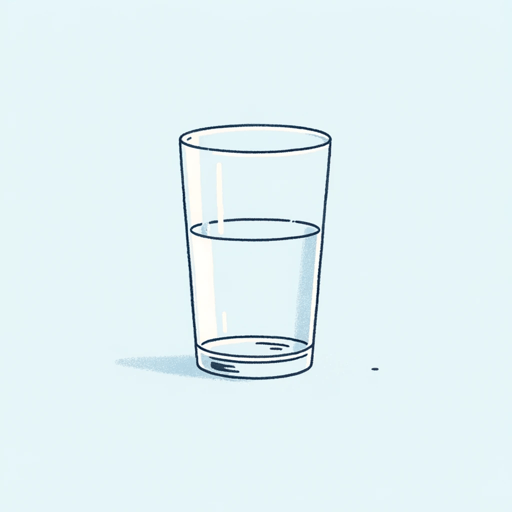
Beware of the Dog
Roald Dahl
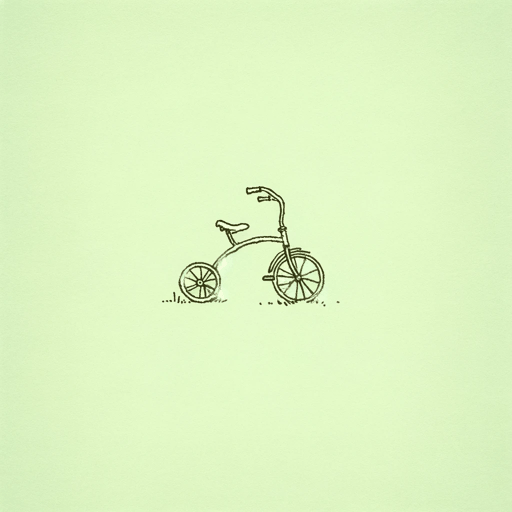
Boy: Tales of Childhood
Roald Dahl
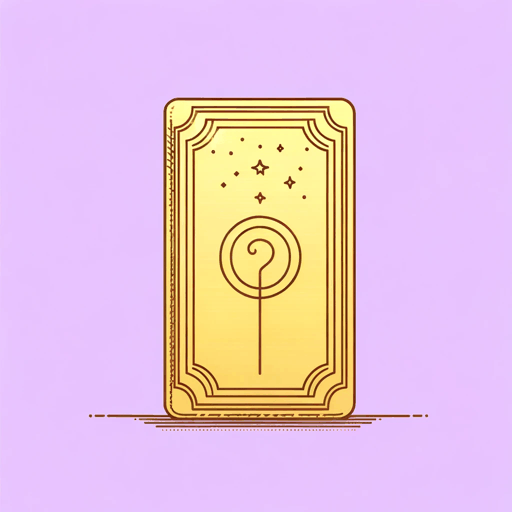
Charlie And The Chocolate Factory
Roald Dahl
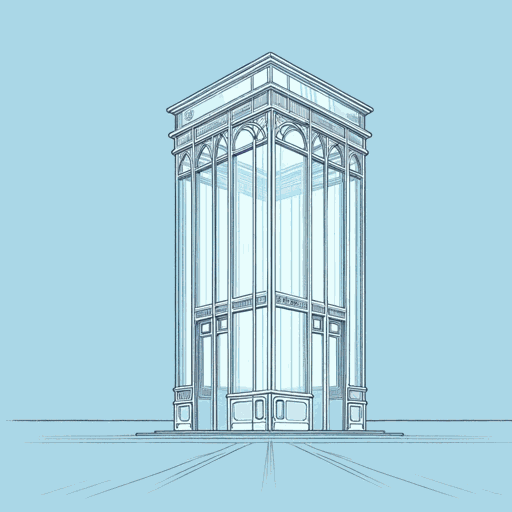
Charlie and the Great Glass Elevator
Roald Dahl
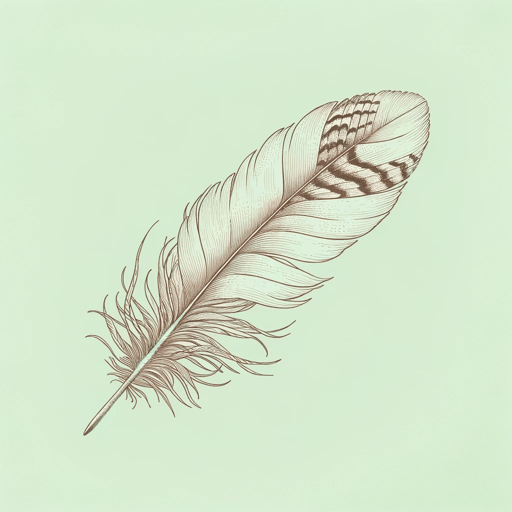
Danny, the Champion of the World
Roald Dahl
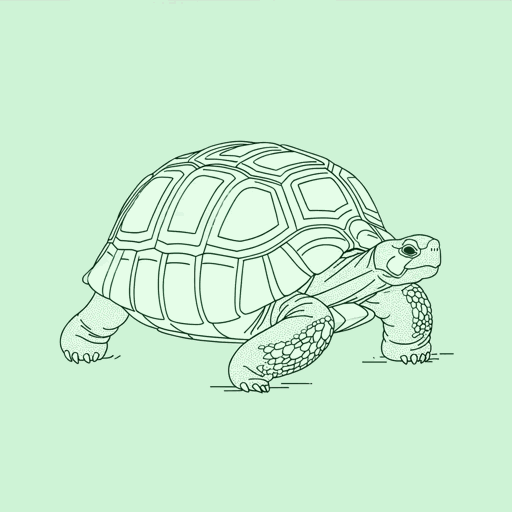
Esio Trot
Roald Dahl
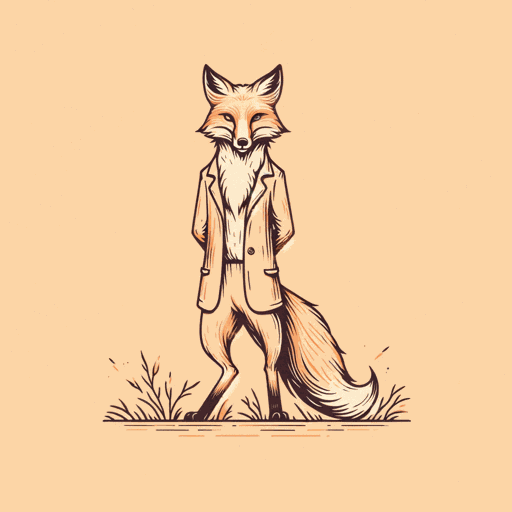
Fantastic Mr Fox
Roald Dahl
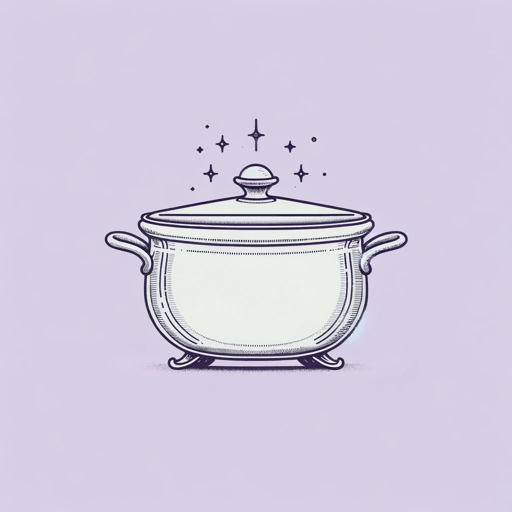
George's Marvelous Medicine
Roald Dahl
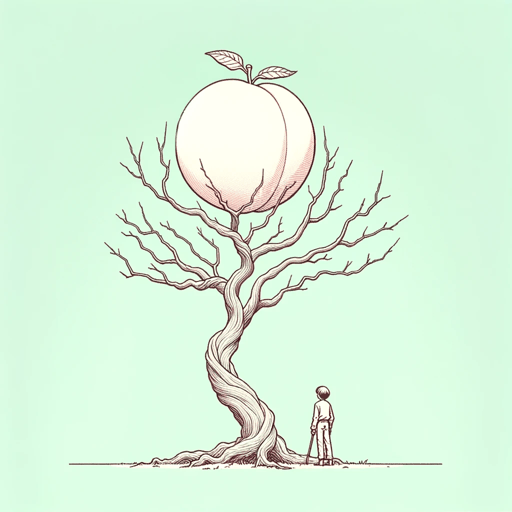
James And The Giant Peach
Roald Dahl
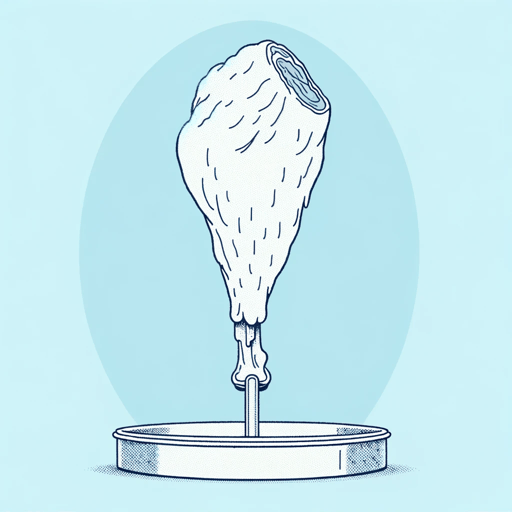
Lamb To The Slaughter
Roald Dahl

Matilda
Roald Dahl
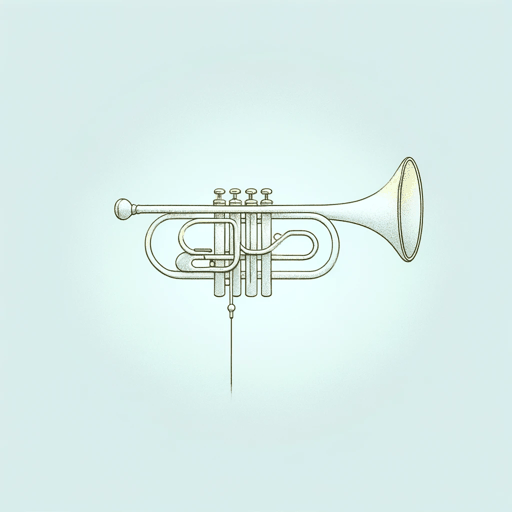
The BFG
Roald Dahl
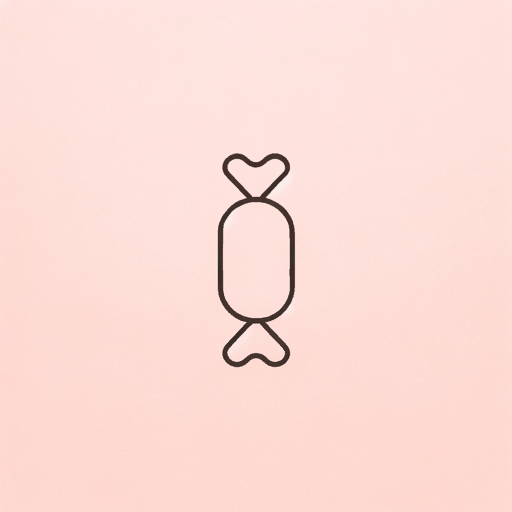
The Giraffe and the Pelly and Me
Roald Dahl, Illustr. Quentin Blake
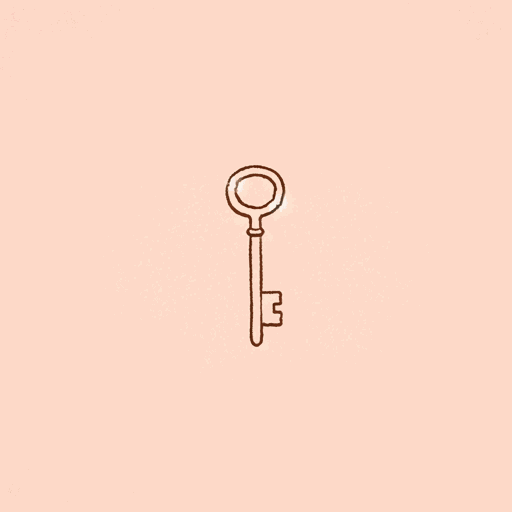
The Landlady
Roald Dahl
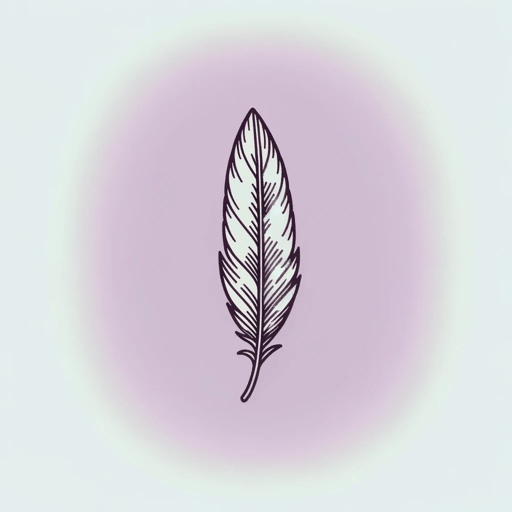
The Magic Finger
Roald Dahl, Illustr. Quentin Blake
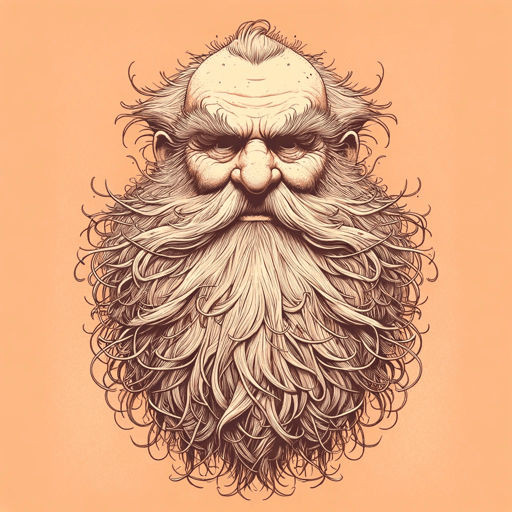
The Twits
Roald Dahl
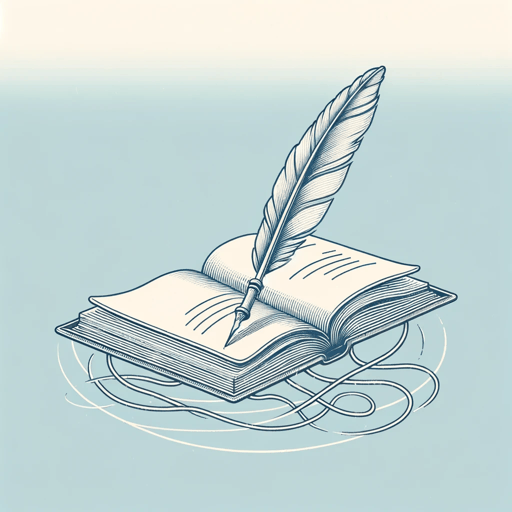
The Way Up To Heaven
Roald Dahl
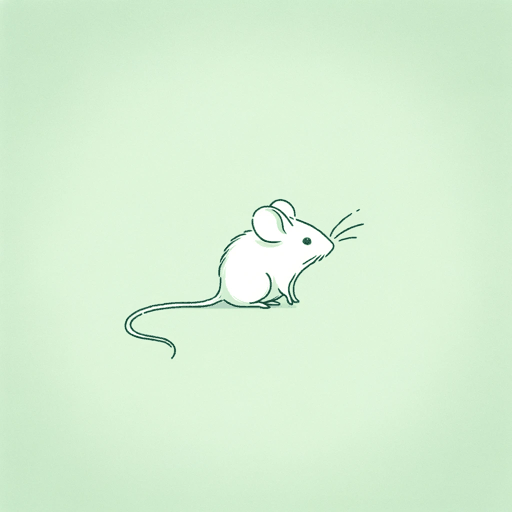
The Witches
Roald Dahl
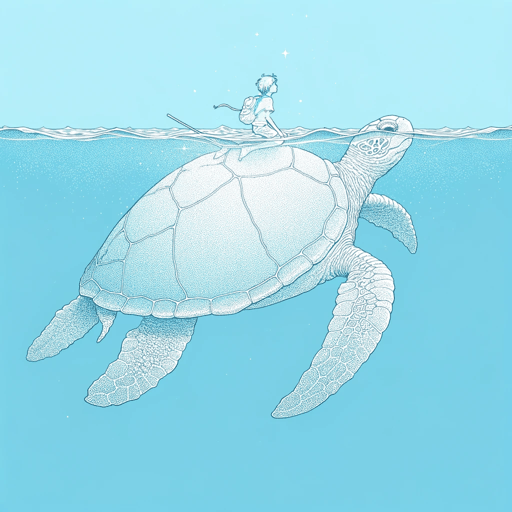
The Wonderful Story of Henry Sugar and Six More
Roald Dahl
